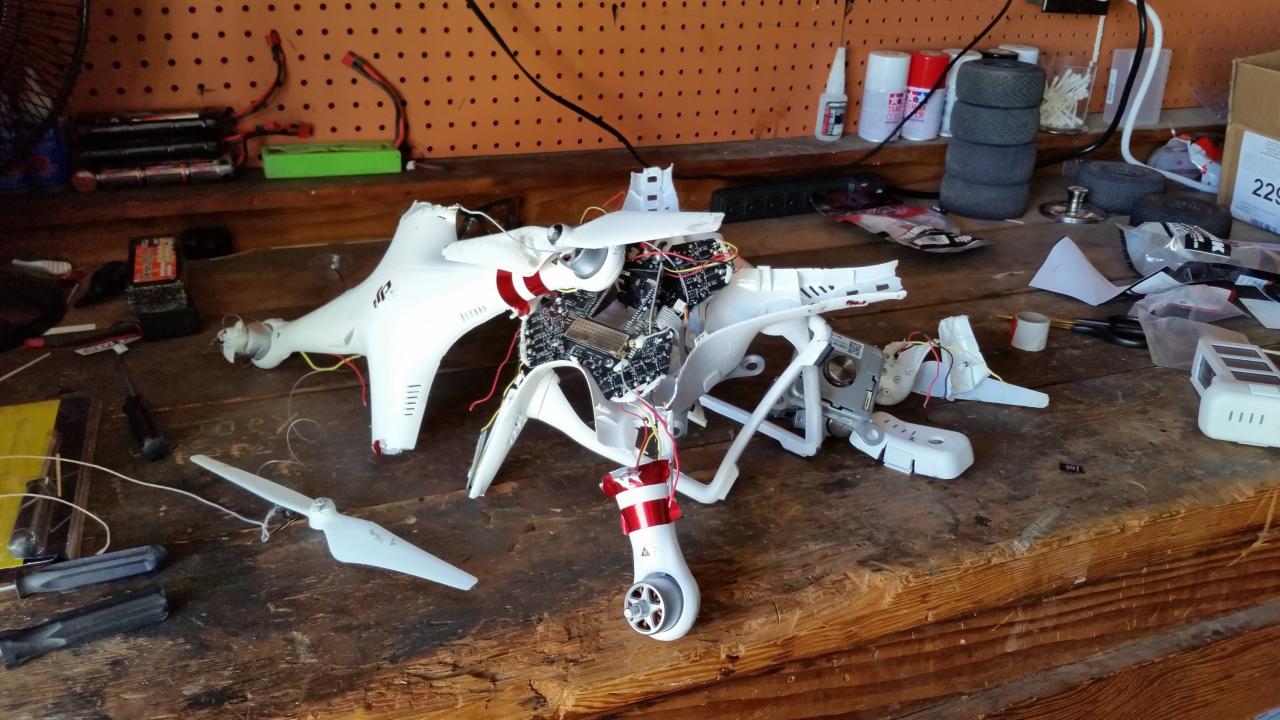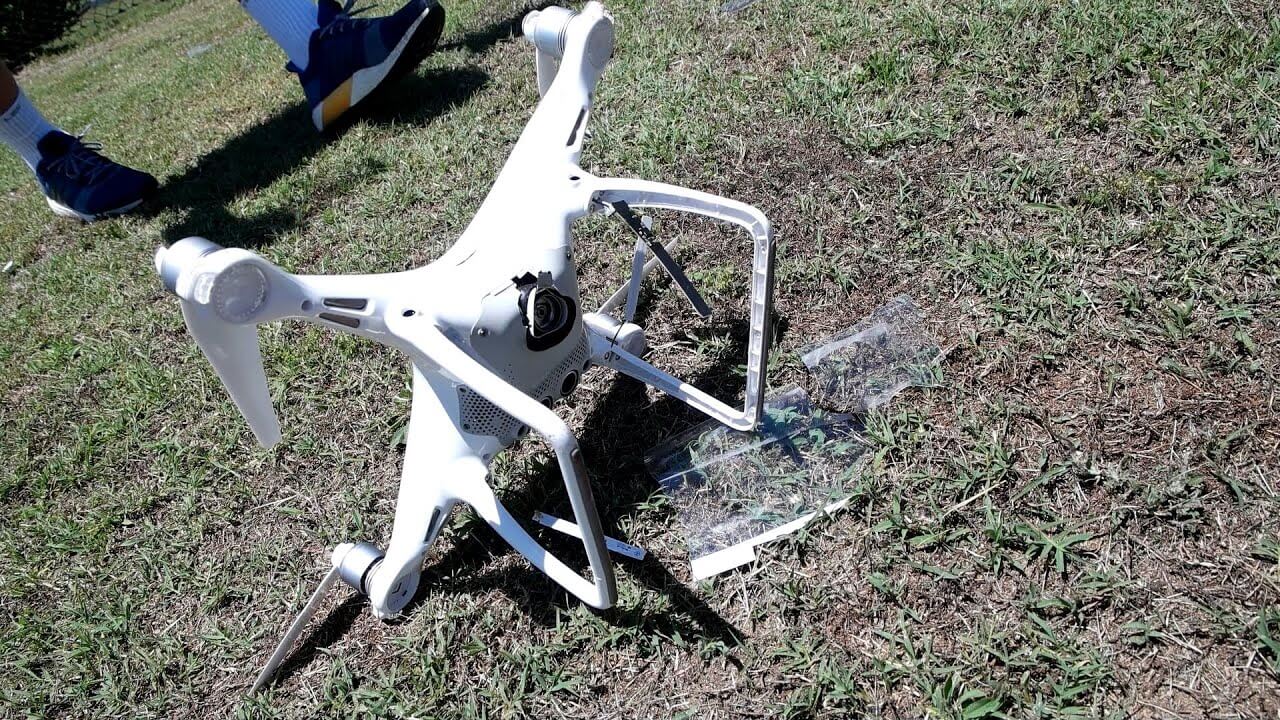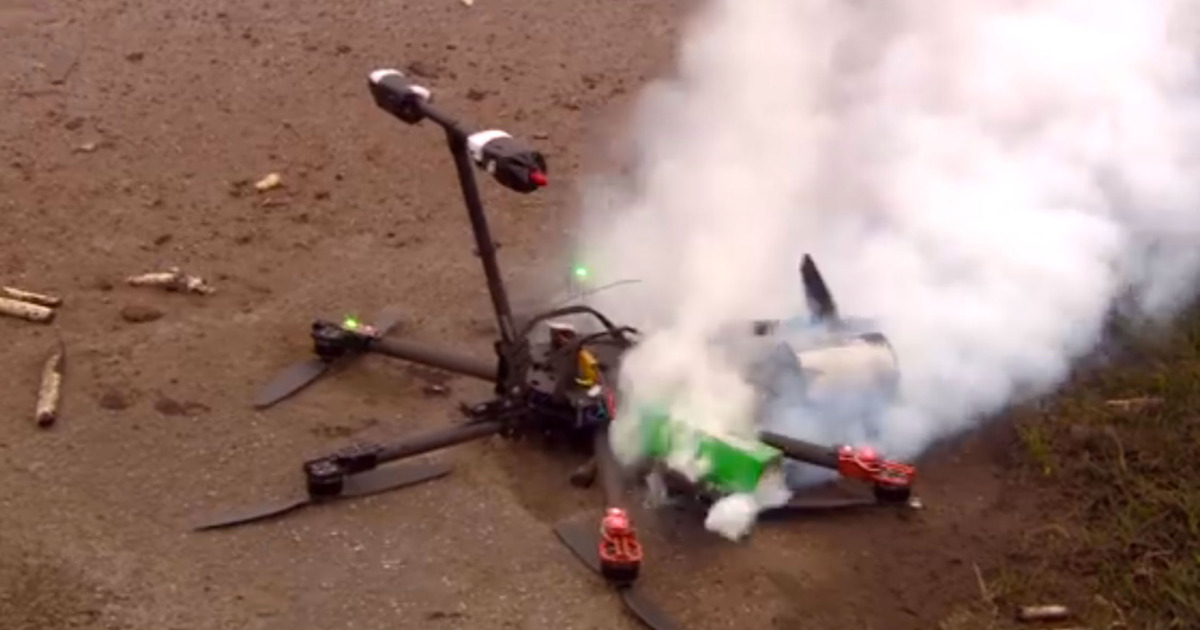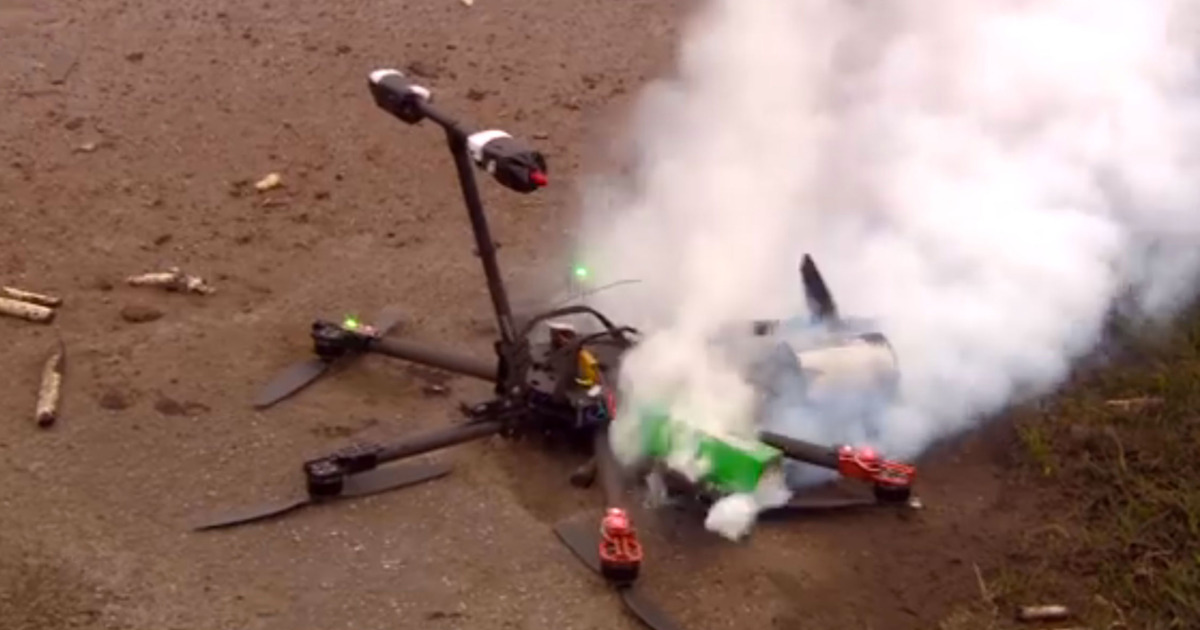Drone crash in Paris: Imagine the scene – a buzzing drone suddenly falling from the sky amidst the iconic Parisian cityscape. This incident, however dramatic, offers a crucial opportunity to examine drone safety, regulations, and the impact of rapidly evolving technology on urban environments. We’ll delve into the immediate aftermath, the investigation into the cause, and the broader consequences for Parisian infrastructure, public safety, and public perception.
From initial reports and emergency response to the long-term legal and insurance implications, we’ll explore all aspects of this event. We’ll also compare Paris’s drone regulations with those of other major cities, highlighting potential areas for improvement and future safety protocols. Get ready for a detailed look at this compelling case study.
That drone crash in Paris got everyone talking about safety regulations, right? It made me think about another incident; check out this article about a boy hit by drone , which highlights the potential dangers of even smaller drones. The Paris crash, while perhaps more dramatic, underscores the need for responsible drone operation everywhere, regardless of size.
Drone Crash in Paris: A Detailed Analysis
A drone crash in Paris presents a multifaceted event demanding a comprehensive examination. This analysis delves into the immediate aftermath, investigative processes, infrastructural impact, regulatory aspects, public perception, and legal implications of the incident, offering insights into the evolving landscape of drone technology and urban airspace management.
Immediate Aftermath of the Crash
The immediate aftermath of the drone crash in Paris likely involved a flurry of activity. Emergency responders, including police and paramedics, would have swiftly secured the crash site, attending to any injuries and assessing the extent of the damage. Bystanders, likely shocked and perhaps apprehensive, would have gathered, their reactions ranging from concern to morbid curiosity. Initial reports, disseminated through various news outlets and social media, would have painted a fragmented picture, with details emerging gradually.
Hey, so you heard about that drone crash in Paris? It’s a pretty big deal, especially considering the potential for damage in a busy city like that. Check out this article for more details on the incident: drone crash in Paris. Learning about these incidents helps us understand the safety concerns surrounding drone use and how regulations are developing to prevent future crashes.
The drone crash in Paris is a great case study.
The speed and accuracy of information dissemination would have varied depending on the availability of eyewitness accounts and official statements. A timeline, constructed from various news reports and official communications, would reveal the sequence of events from the first reports to the official confirmation of the incident and the initiation of the investigation.
Investigating the Cause of the Crash

Determining the cause of the drone crash would necessitate a meticulous investigation. Potential causes, ranging from mechanical failure within the drone itself to pilot error or external interference (such as electromagnetic pulses or collisions with other objects), would need to be systematically examined. The investigation would likely involve multiple agencies, including the French air accident investigation authority (BEA), local police, and potentially manufacturers of the drone.
Experts in drone technology, aviation safety, and possibly even cybersecurity (if hacking was suspected) would contribute their expertise. Comparing this incident with similar drone crashes worldwide, such as those involving large drones or those impacting populated areas, would aid in identifying common causes and trends. This comparative analysis would highlight similarities and differences in the contributing factors, the effectiveness of existing safety protocols, and the resulting consequences.
Impact on Parisian Infrastructure and Public Safety
The drone crash’s impact on Parisian infrastructure and public safety would be significant. Damage to buildings, vehicles, or public property would necessitate repairs, incurring costs and potentially disrupting services. The following table illustrates a hypothetical scenario of the damage:
| Damage Type | Location | Repair Cost (Estimate) | Responsible Party |
|---|---|---|---|
| Structural damage to a building | Near the Eiffel Tower | €50,000 | Drone operator’s insurance |
| Damaged vehicle | Rue de Rivoli | €10,000 | Drone operator’s insurance |
| Broken window in a shop | Marais district | €2,000 | Drone operator’s insurance |
| Minor damage to a park bench | Tuileries Garden | €500 | Drone operator’s insurance |
Disruptions to public transportation, road closures, and potential evacuations would have followed. Public safety measures, including increased police presence and enhanced security protocols, would have been implemented to prevent further incidents and ensure public safety.
Drone Regulations and Safety Protocols in Paris

Prior to the incident, Paris would have had established drone regulations and safety protocols, likely outlining permitted flight zones, altitude restrictions, and operational guidelines. Lessons learned from this crash could lead to improvements, such as stricter licensing requirements for drone operators, more robust registration systems, and potentially the implementation of drone detection and monitoring systems. A comparison with other major cities known for their stringent drone regulations, such as New York City or London, would highlight best practices and potential areas for improvement in Parisian regulations.
Public Perception and Media Coverage

Public reaction to the drone crash would likely be a mix of concern, curiosity, and perhaps even anger depending on the extent of damage and any injuries. Social media discussions would have reflected a range of opinions, from calls for stricter regulations to expressions of sympathy for those affected. The overall public mood in the days following the crash might have been one of cautious concern, a blend of unease about the potential risks of drone technology and a desire for authorities to ensure public safety.
Media coverage would have framed the story in various ways, potentially emphasizing the technological aspects, the regulatory shortcomings, or the human impact. The long-term impact on public perception of drones would depend on the effectiveness of the investigation, the implementation of safety measures, and the overall narrative presented by the media and public officials.
Legal and Insurance Implications, Drone crash in paris
The legal ramifications of the drone crash could involve lawsuits against the drone operator, the drone manufacturer (if a product defect was involved), or other relevant parties. Liability would depend on the determination of the cause of the crash and the extent of damages. Insurance would play a crucial role in covering damages and losses, with the drone operator’s insurance policy being a primary source of compensation.
That drone crash in Paris really highlights the need for reliable tech, right? Thinking about safety features, you should check out the advanced capabilities of sky elements drones , which could potentially prevent similar incidents. Hopefully, future drone designs will incorporate similar safeguards to minimize the risk of another Paris drone crash.
This incident could potentially lead to changes in drone insurance policies, with insurers potentially adjusting premiums or coverage based on the risks associated with drone operations in urban environments.
Conclusive Thoughts
The drone crash in Paris serves as a stark reminder of the potential risks associated with drone technology, even in a city with established regulations. While the immediate aftermath involved assessing damage and ensuring public safety, the long-term impact extends to policy changes, public perception, and the ongoing evolution of drone safety protocols. Understanding this incident helps us build a safer future for drone integration into urban spaces worldwide.
The lessons learned here are valuable, prompting a crucial dialogue on responsible drone operation and the need for robust regulatory frameworks.
User Queries
What type of drone was involved in the Paris crash?
This information would need to be sourced from official reports following the investigation. The specific model and manufacturer are usually revealed during the official inquiry.
Were there any injuries reported as a result of the crash?
This detail would also be found in official reports. The absence or presence of injuries would significantly influence the investigation and its outcome.
What was the estimated total cost of the damages?
The total cost would be determined after a complete assessment of the damage to infrastructure and property. This information is usually released after the investigation concludes.
What insurance policies are typically required for drone operators in Paris?
Specific insurance requirements vary and are best obtained from official sources regarding Parisian drone regulations. Liability insurance is likely a key component.
